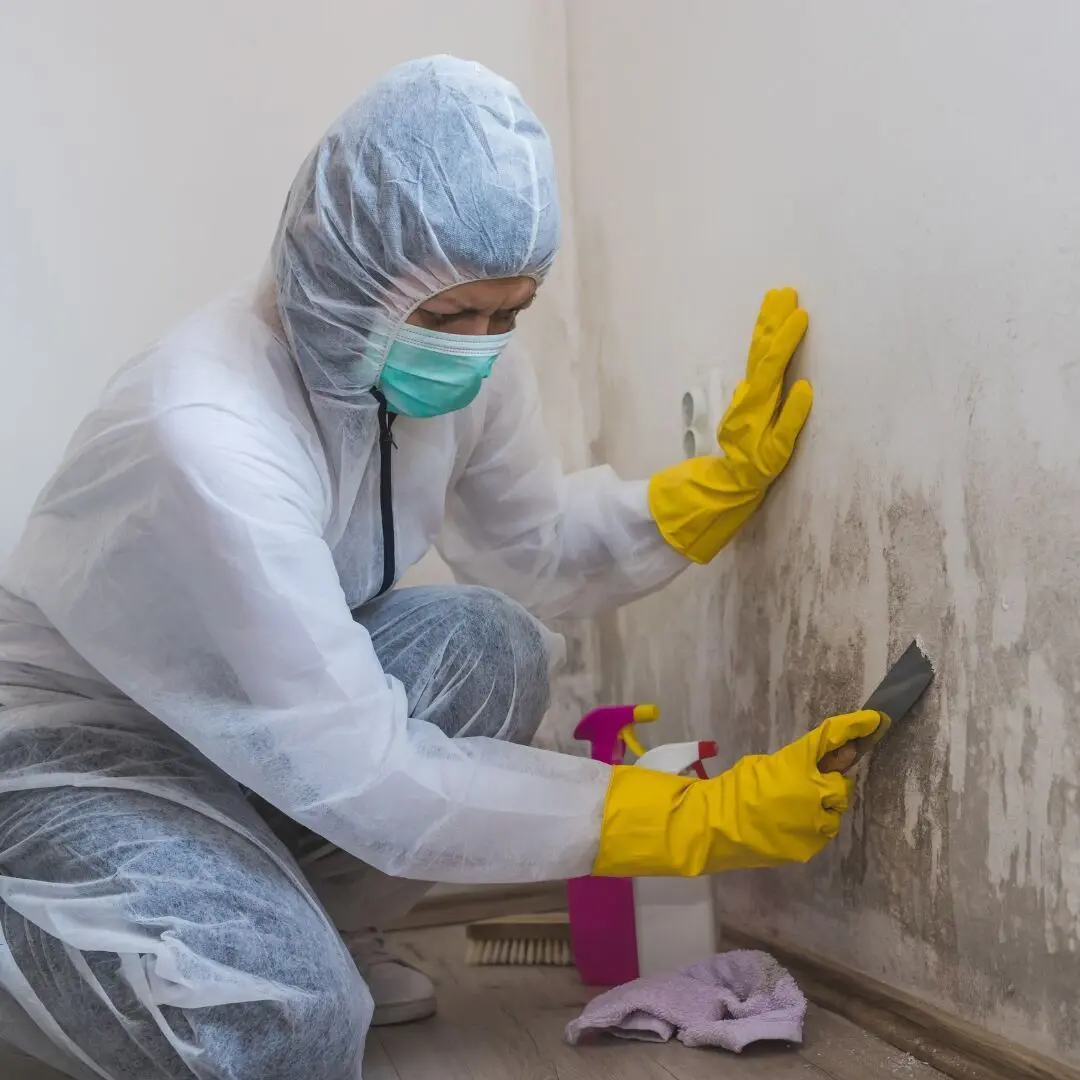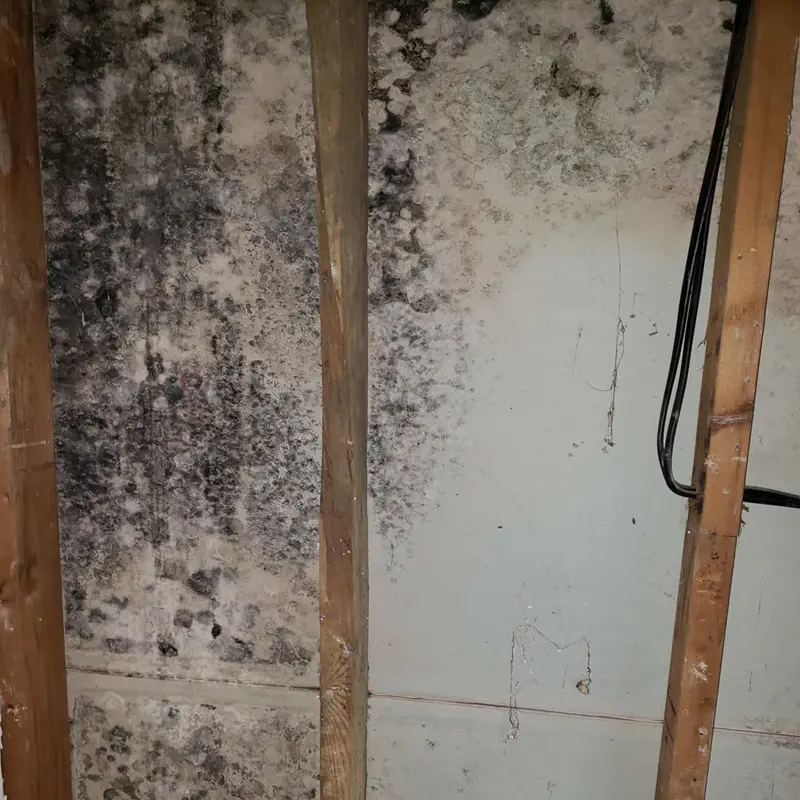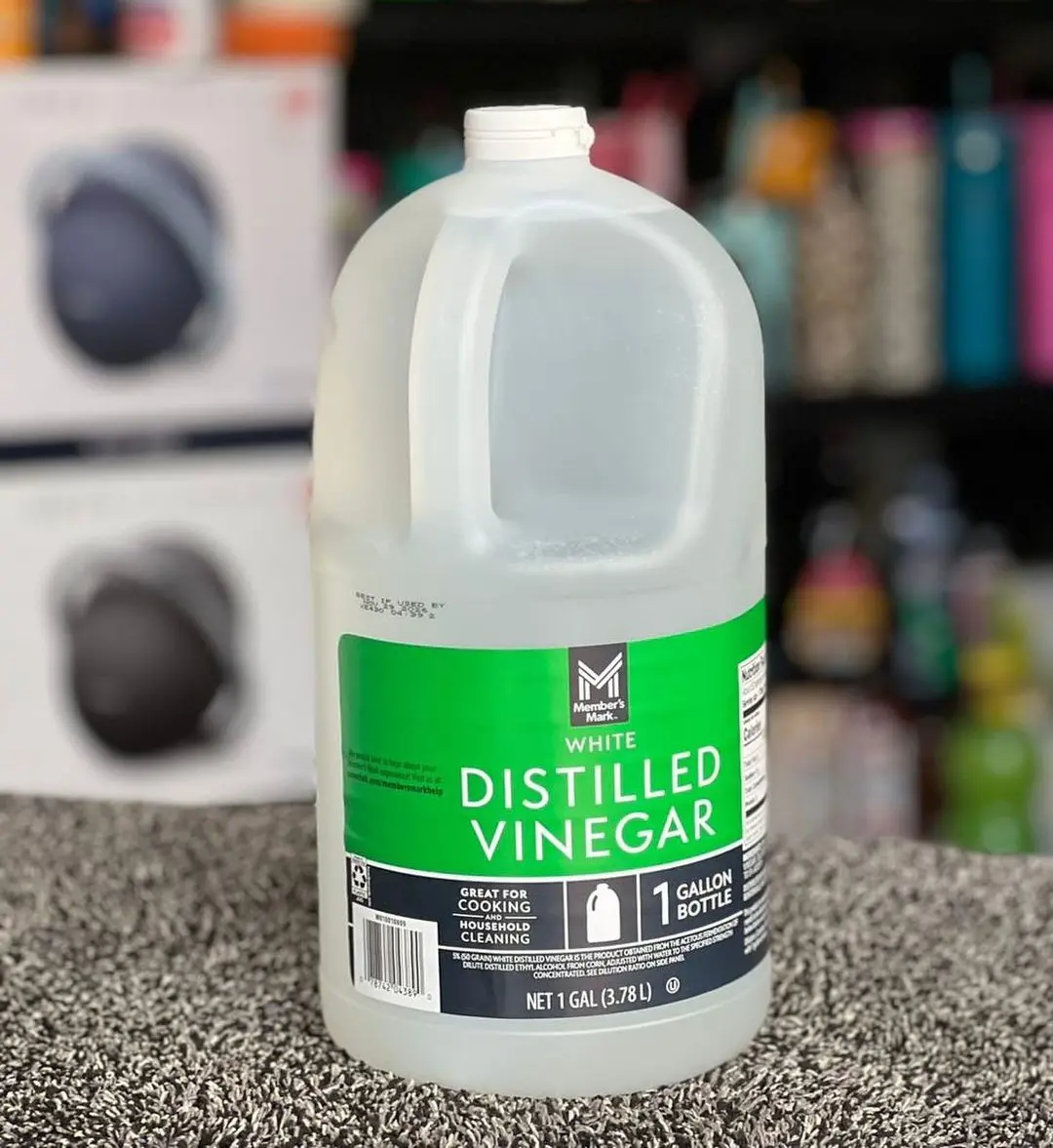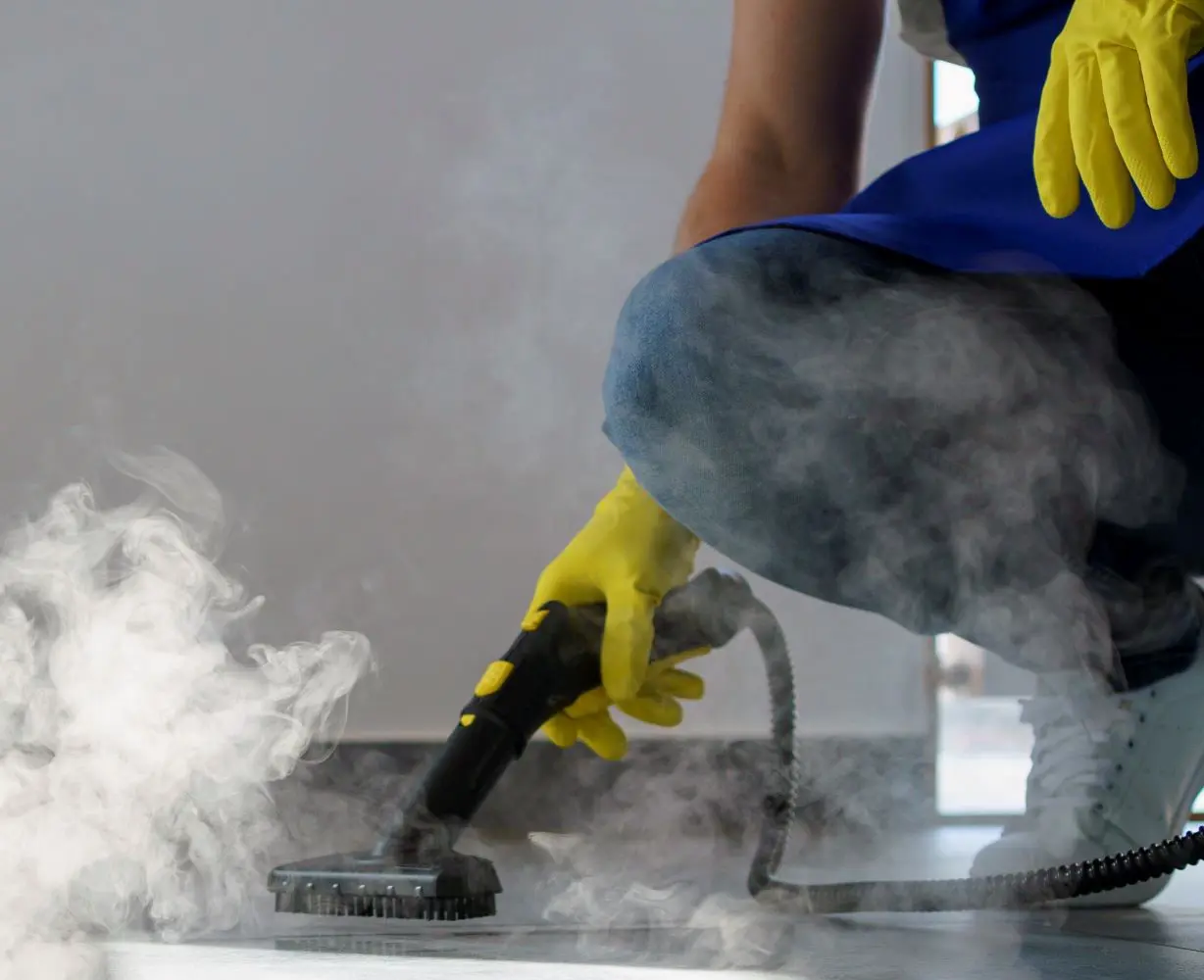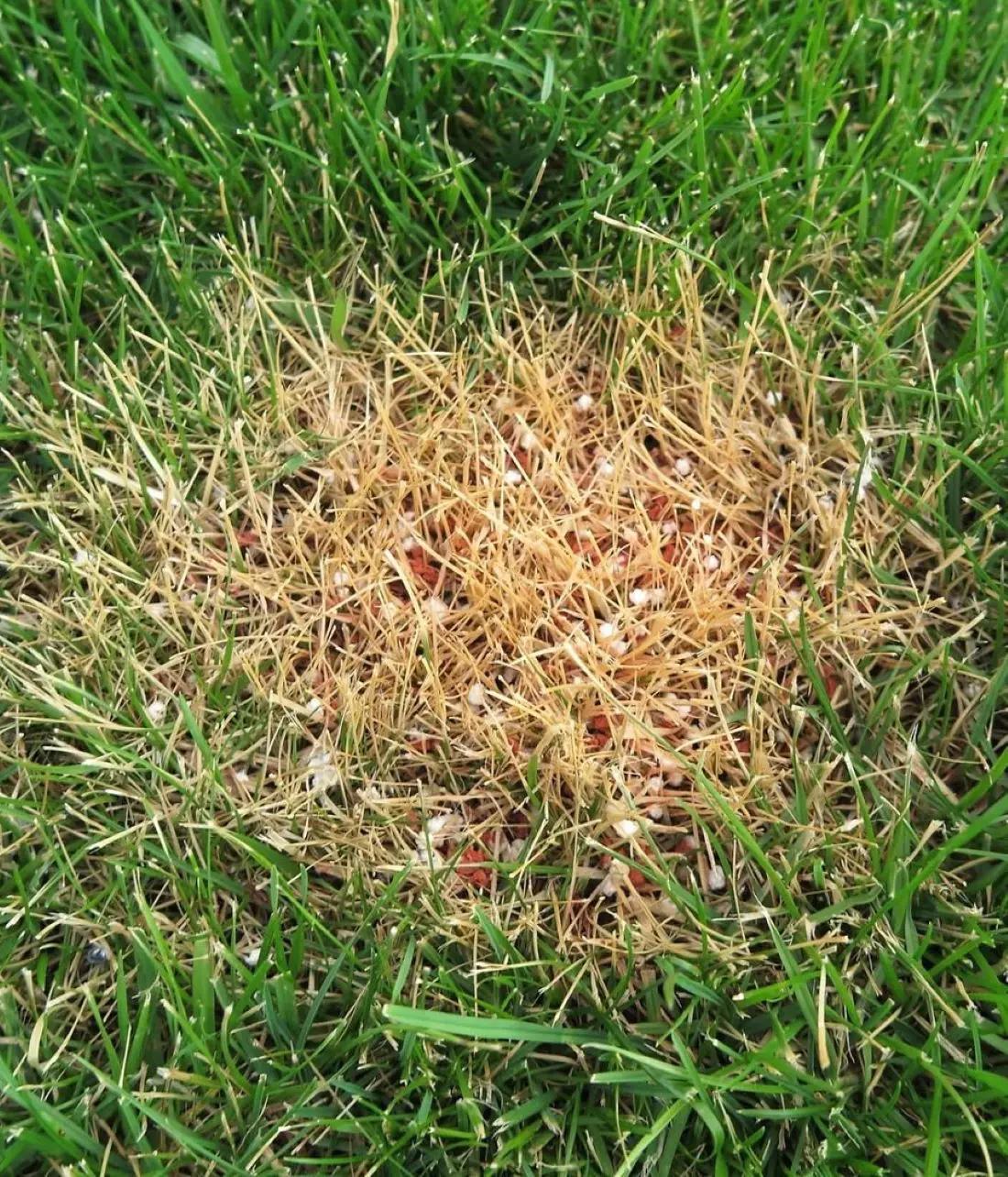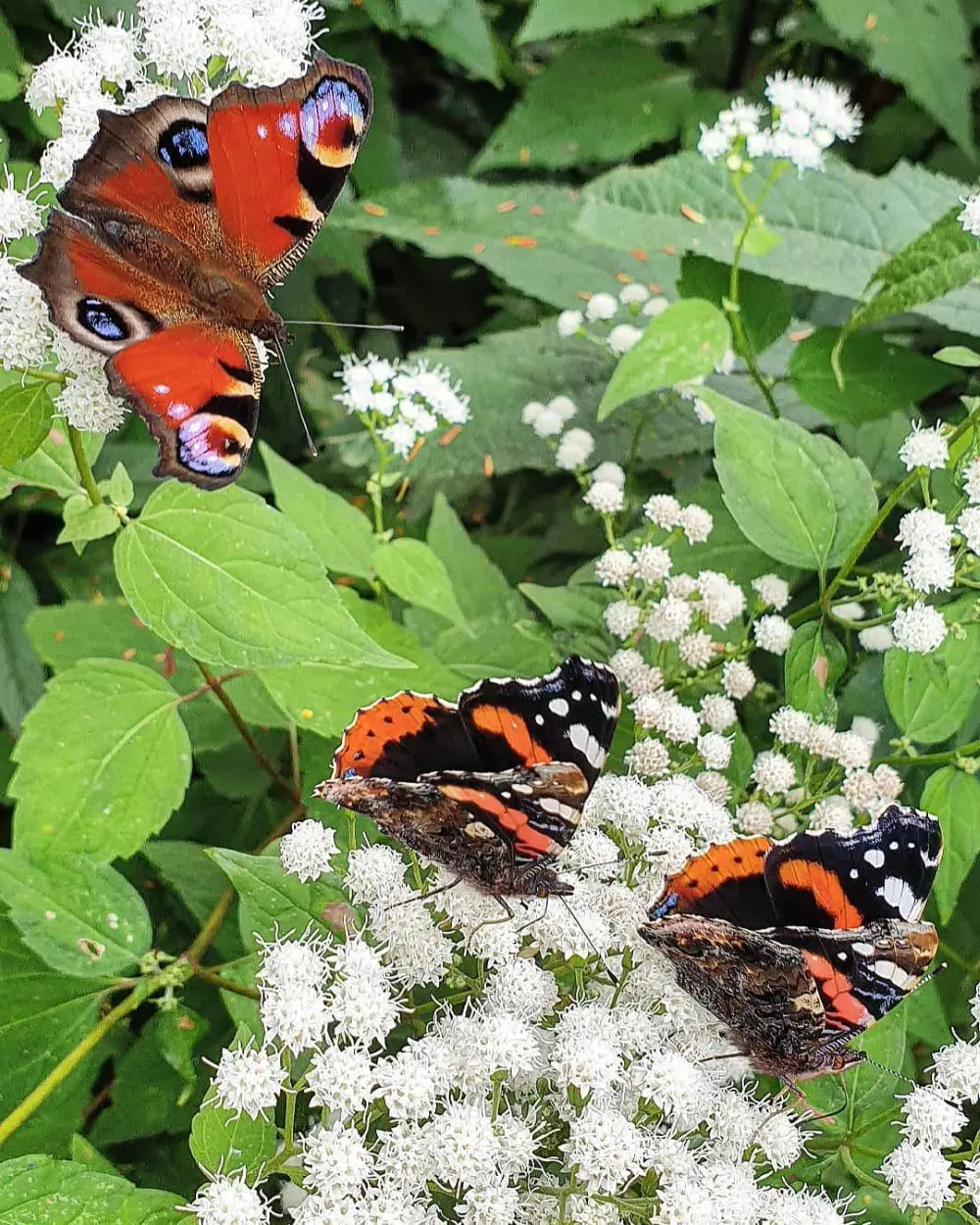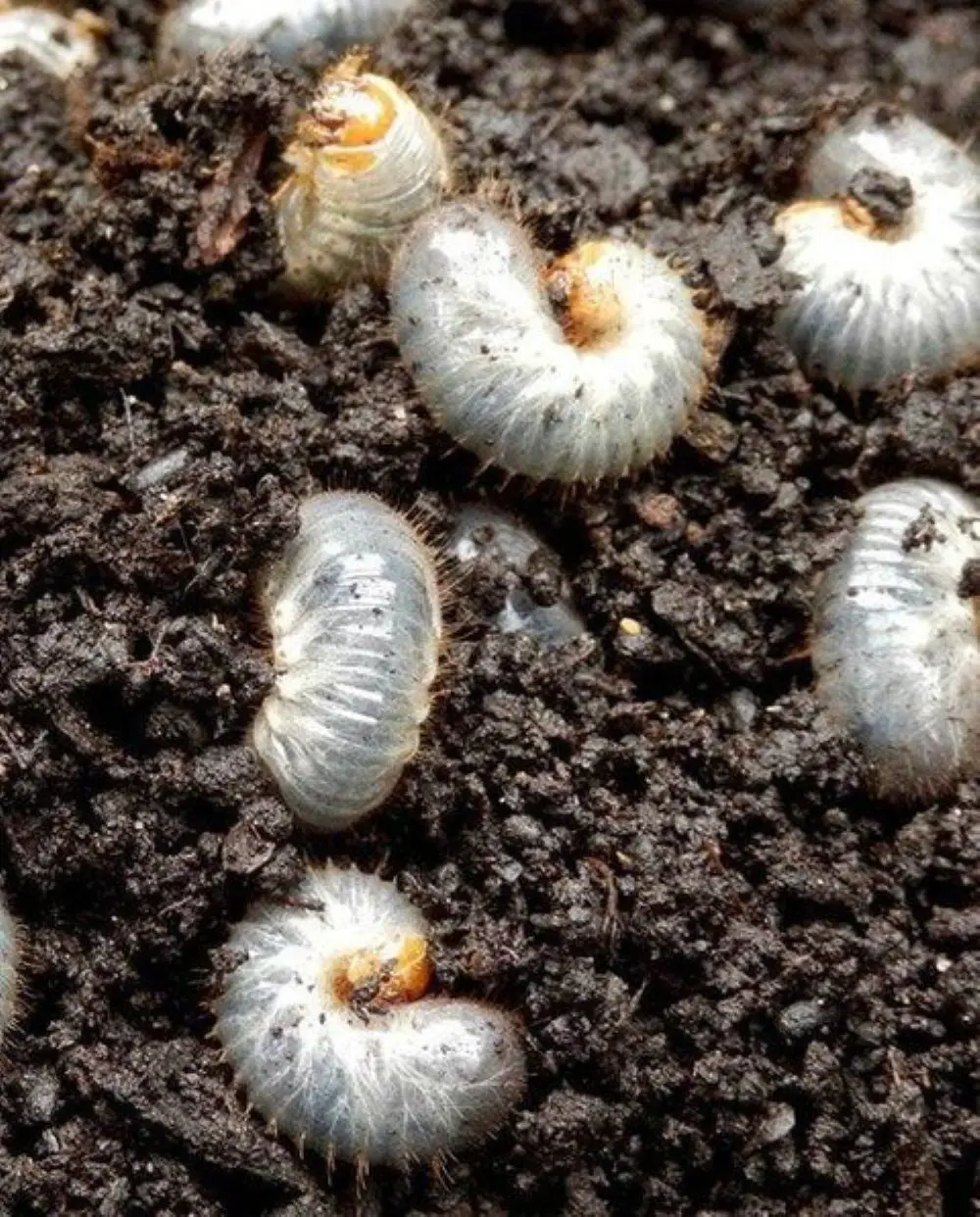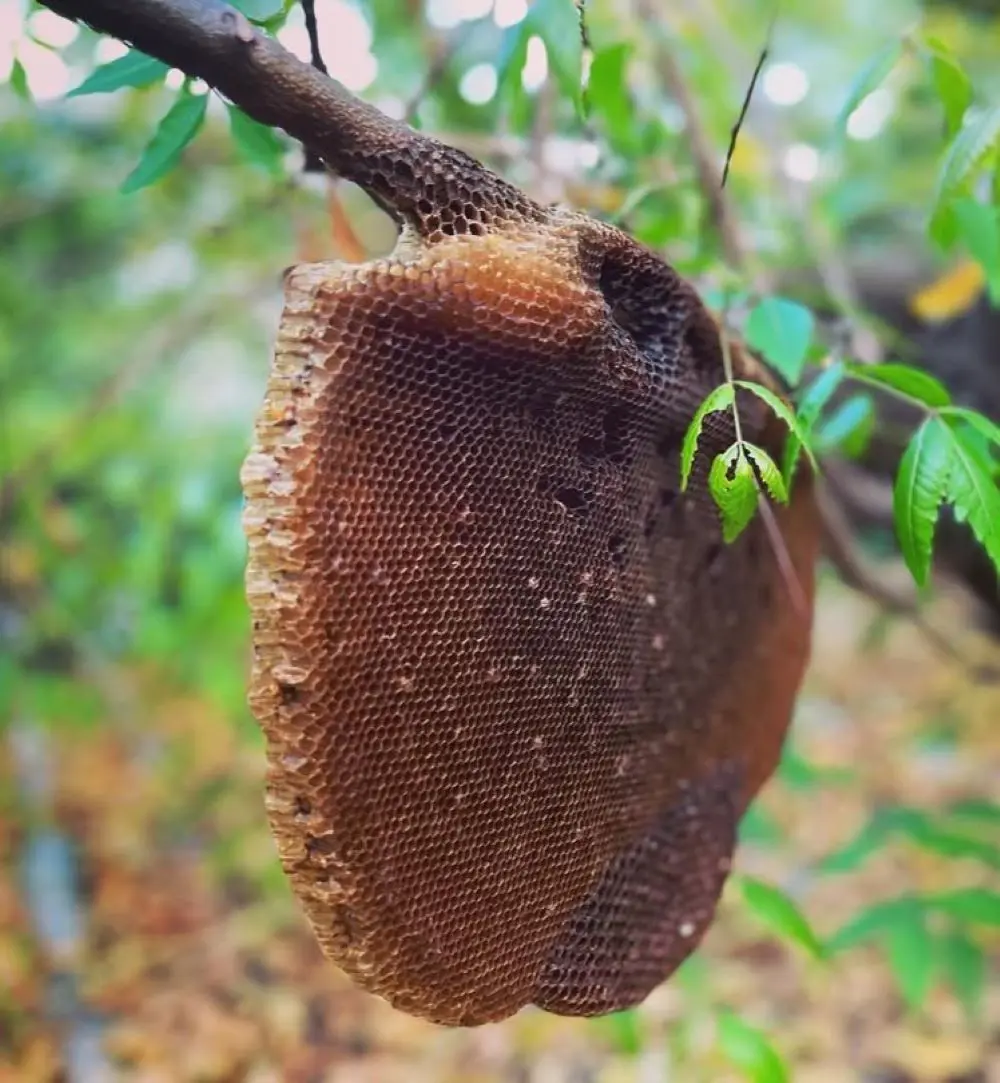Mold is a serious issue that causes many health problems. They might be hiding and spreading in different areas of your home right under your nose.
So, for extra precautions, you should inspect these common places where mold can thrive in your home.
Basement
Your basement is a high-risk area, so do not forget to check it. Molds like to grow in basements because it is humid and moist from lack of windows, seepage, and broken pipes.
You can use a dehumidifier to prevent mold in a basement and check for potential seepage or leaky pipes regularly.
Attics
It is about the time you checked the attic for mold if you cannot remember the last time you did. Mold is common in the attic for the same reasons as the basement.
To prevent mold in the attic, your roofing should be solid. You should also insulate your home properly and keep the soffit vents clear for better airflow.
Bathrooms
After the basement, bathrooms are the most common locations for mold. Bathrooms have lots of moisture, ideal for moldy growth.
Try to keep your bathroom as dry as possible and keep the windows open if you can, or run the ventilation fan.
Kitchen
Water in the sink, food waste, leaky pipes under the sink, and puddles on the floor are common sources of mold growth in the kitchen.
Your top priority should be to keep the kitchen as dry as possible to prevent mold. Also, avoid having carpets and rugs on the kitchen floor in front of the sink, and keep your fridge clean by throwing out food before it gets moldy.
Underneath Flooring
An unsuspecting place where mold might be thriving is underneath the floorings. These molds remain hidden and are, therefore, neglected. Some might not notice it until years have passed if the flooring is in the basement, attic, or crawl spaces. Do not be one of them.
Mold under flooring is caused by seepage or broken pipes. When this happens, you may need to replace the flooring.
Laundry Rooms
A laundry room is another place where moisture and humidity collect and cause mold growth. The moisture and humidity are caused by wet clothes.
So, ensure your clothes can dry fast. Sometimes, moisture could be coming from the leaks in the washing machine. If so, fix it.
Fireplaces/Chimneys
If you do not use your fireplace often, it might be damp, ideal for mold growth. They are made with porous bricks, causing mold to spread fast and deep.
Cleaning your fireplace and chimney regularly and controlling the humidity levels in your home.
Vents
If your home is humid, your ventilation system has humid air. This means your vents could be hiding mold. If that’s the case, the spores can spread throughout your home.
For this, it is better if you call in a professional. There are professionals for a reason. You could attempt it on your own if you know how to get rid of mold around the house, but you may not be as effective as the professionals.
